Executives discuss four trends advertisers should understand heading into 2026, from the rise of agentic AI to the crisis of consumer trust.

To enhance standard ads, Google allows marketers to add contextually rich information about a business, product, or service when their ad appears in search results.
Ad extensions can be a quick and easy way to enhance a call to action, add immediacy, and improve conversion, by reducing the number of steps for the customer.
Below are some sample applications of Google Ad extensions:
Include relevant price information for your product or service. Users can link to specific products relevant to their ad.
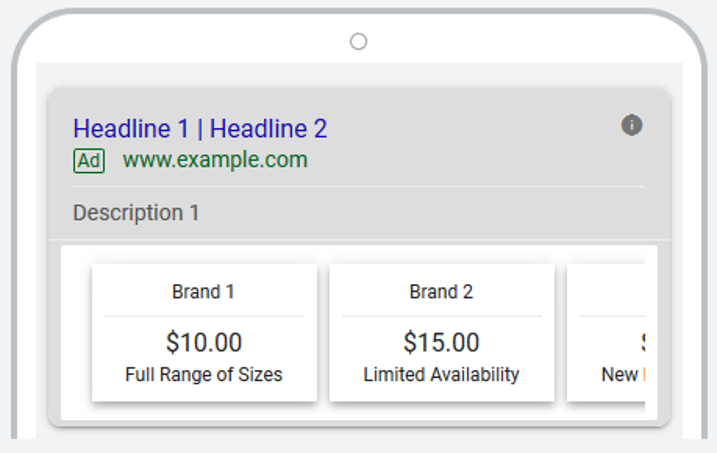
Add a phone number so customers can easily call your business. For mobile-focused campaigns, this can improve performance as users can convert with a simple tap.

Prompt users to submit customer lead information directly inside of the ad.

Display specific, contextually relevant pages from your website.

Include descriptive text about your product or service, such as “Free Shipping” or other information relevant to your ad.
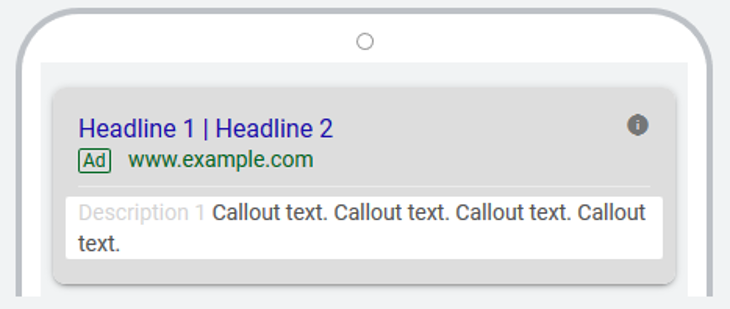
Provide users with an immediate preview of your product and services by including brief descriptions from text on your website.
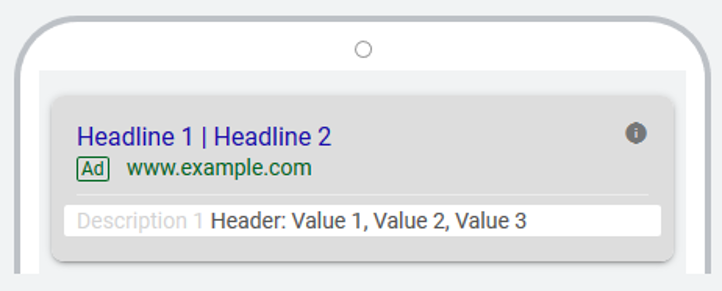
Include relevant business information, such as address and store hours.
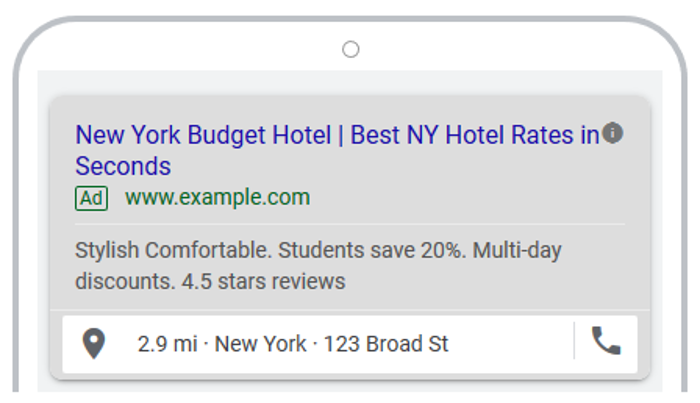
Display affiliated locations including nearby shops where your product is sold.
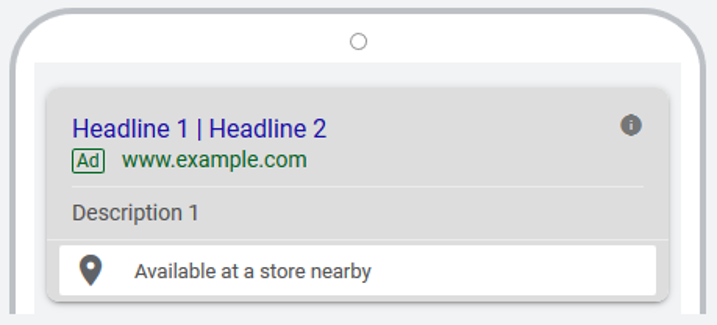
Encourage users to download your company’s mobile app.

Showing promotional sales and offers inspires the user to learn more about the product or service advertised in your ad.
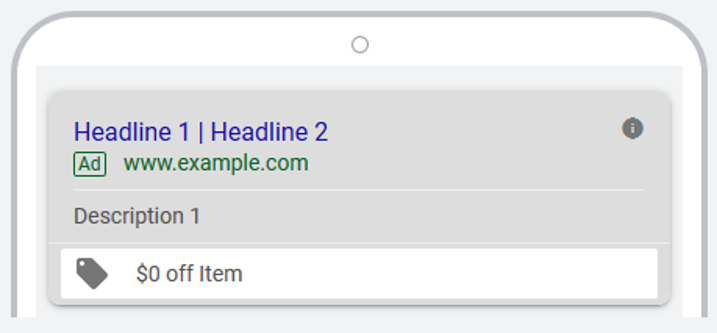
Google allows users to report on performance with and without ad extensions, so you can test and evaluate which ads are performing and how extensions are helping to drive campaign success. Google also allows users to enable automated extensions, which use algorithms to generate copy, location, phone numbers and other details dynamically from your website.